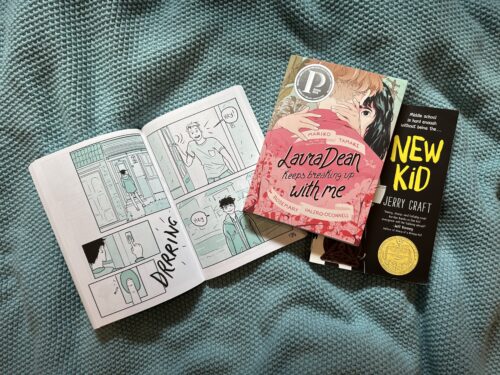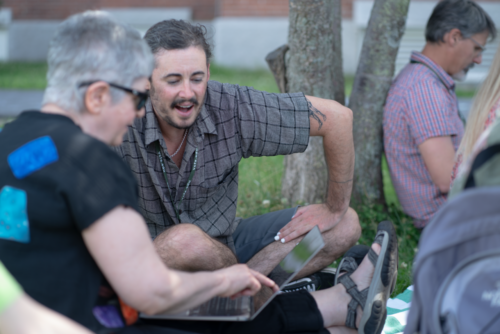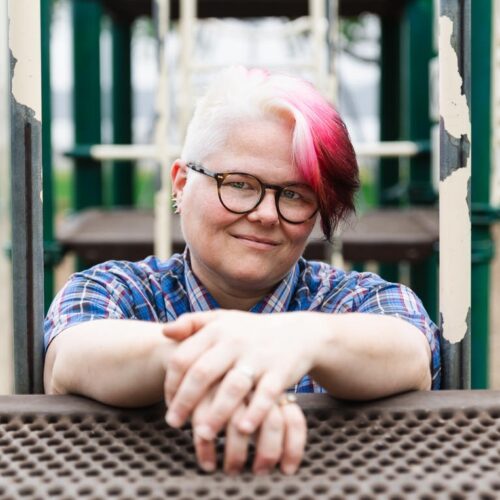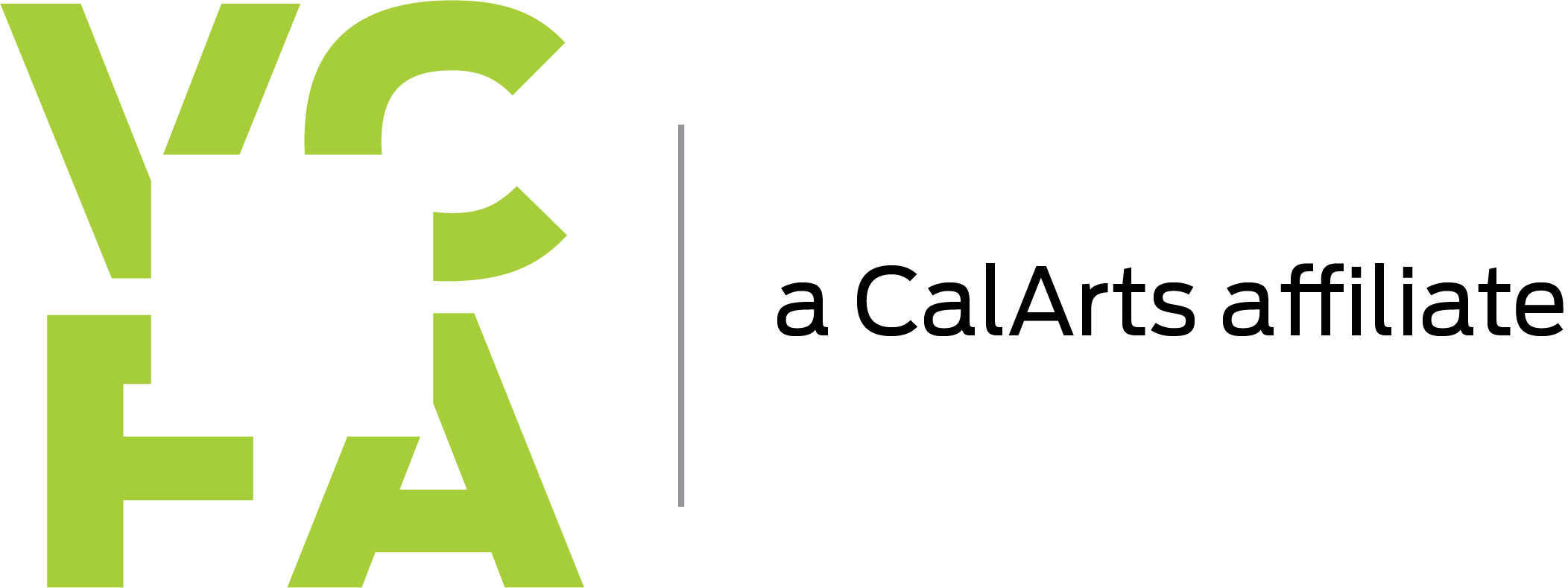How to Write a Graphic Novel: Top 3 Tips

There are three steps to take if you want to know how to write a graphic novel: read widely, study comics, and identify the visual elements in your story.
By Sara Ryan
June 11th, 2025
If you’re here to learn how to write a graphic novel, then you already know: graphic novels are an amazing way to tell stories.
They are also skyrocketing in popularity.
As this February 2025 Fast Company article states, “Since 2019, sales of graphic novels in the U.S. have doubled to 35 million books a year, a number behind only general fiction and romance.”
If you want to explore this vibrant form of storytelling, I have three strategies to share:
- Read a wide variety of comics and graphic novels, plus books about the format
- “Reverse-engineer” comics
- Identify the elements that make your story well-suited for the graphic literature format
Some graphic novels are created by author/illustrators, others by creative teams that may include different people writing, editing, penciling, inking, lettering, and coloring. These strategies apply whether you’re a solo writer/illustrator or if you’ll be collaborating with a creative team.
Read a ton of graphic novels
It may seem like stating the obvious, but if you want to write graphic novels, you absolutely have to read them.
Today’s graphic novel creators take on an enormous range of material. A few examples of creators, topics, and titles:
- coming of age stories
- speculative fiction
- history
- romance
- memoir
- inclusive fantasy
- supernatural sports action
- disaster preparedness
- horror
You can also learn a lot from books about comics.
Scott McCloud’s Understanding Comics has been a go-to text for decades, and more recently he’s teamed up with fellow comics superstar Raina Telgemeier to create The Cartoonists Club, which combines the fictional story of a middle-school club for aspiring cartoonists with lots of accessible and engaging information about how to make comics.
In a Horn Book Review interview, Telgemeier discusses how reading graphic novels can inspire young readers to create their own:
“…we saw a comic book, and something about it felt participatory. It felt intimate. It felt like we were looking at one person’s hand on a page, especially if the comic is lettered by hand so you’re reading someone’s dialogue, which means you’re reading sound….you’re looking at a character’s face and you’re seeing their thoughts, and it’s inspiring you to think those thoughts…It’s such an intimate relationship, you and the page. And I think a kid realizes they, too, can do this magical thing.”
Adults can do this magical thing too! One way to prepare yourself to write a graphic novel is to reverse-engineer an existing comic.

If you want to learn how to write a graphic novel, it’s important to study how pages are laid out. Choose a mentor text and pay attention to the panels and their arrangement.
Reverse-engineer other comics
Comics and TV writer Matt Fraction explains:
“You basically sit with a finished comic and a blank page in front of you and you try to work out how they made it. You’ve got the finished result sitting by your side so it’s not hard—and if you change up the nature of what you’re looking for and how you go looking for it you can learn stuff sometimes.”
You don’t have to break it down as thoroughly as Fraction does with a Daredevil comic in the linked post above, but think about:
- How the page is laid out—the number of panels and how they’re arranged
- The presence or absence of narrative captions, dialogue and sound effects
- Blocking, aka the placement of characters and setting details relative to the viewer’s point of view
When you reverse-engineer a comic, you’re teaching yourself about visual storytelling and what Scott McCloud calls “choice of moments”: given that each panel on the page represents a distinct moment, which moments did the creators choose?
And if you’re wondering what a comics script should look like, download the Standard Comics Script template designed by comics professionals Steenz and Camilla Zhang.

Once you’ve learned how to write a graphic novel, it’s time to examine your own story and find the best visual elements.
Identify what makes your story comics-y
Once you’ve built up your knowledge of graphic novels and reverse-engineered some existing comics, identify elements of the story you want to tell that will make it shine in the comics format.
Maybe it’s very emotional and could benefit from comics’ ability to show the huge impact of small changes in characters’ facial expressions and body language. Maybe it’s full of fight scenes that can be dramatically represented on the page. Maybe there are a lot of comedic moments, and the humor will be heightened by visuals. Maybe it’s nonfiction, and including accurate images will help readers better understand the topic.
Being clear about why you want to write a graphic novel will help you as you embark on that creative journey.

Sara Ryan
Faculty, MFA in Writing for Children and Young Adults
sararyan.com
Sara Ryan’s first published comic, “Me and Edith Head,” was an Eisner Award finalist, and their graphic novel Bad Houses, a collaboration with artist Carla Speed McNeil, was named a Top 10 Graphic Novel by Time Magazine and USA Today. Their latest release is the middle-grade novel Mountain Upside Down.
Related Posts
- A Closer Look at VCFA’s Tuition May 23, 2025
- What is Prose? Jun 20, 2025
- How to Write a Graphic Novel: Top 3 Tips Jun 11, 2025

